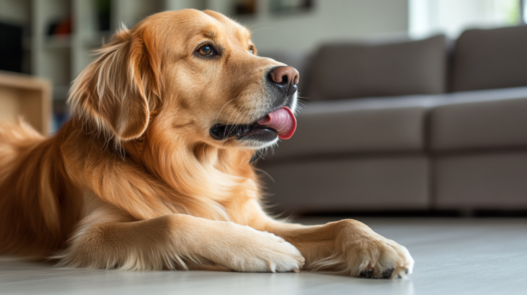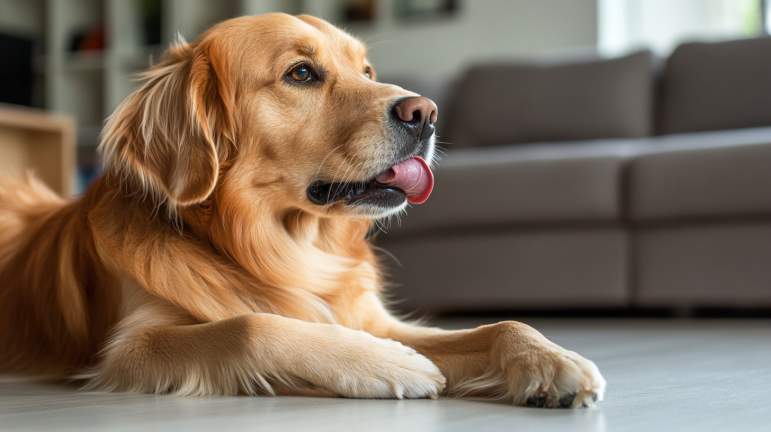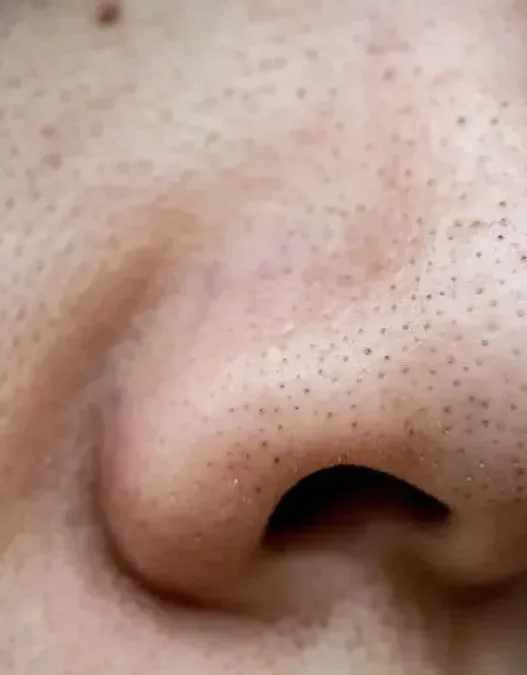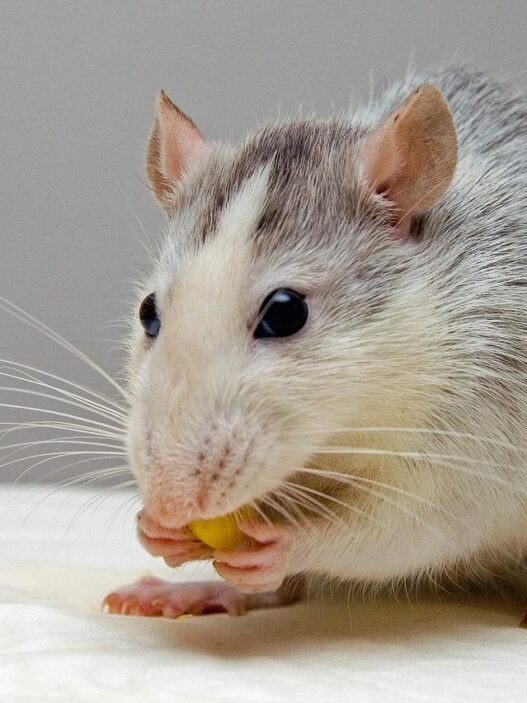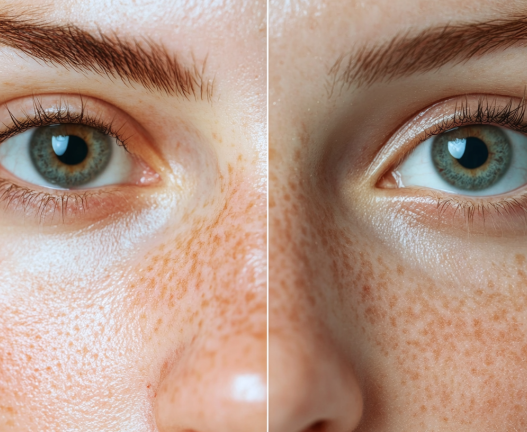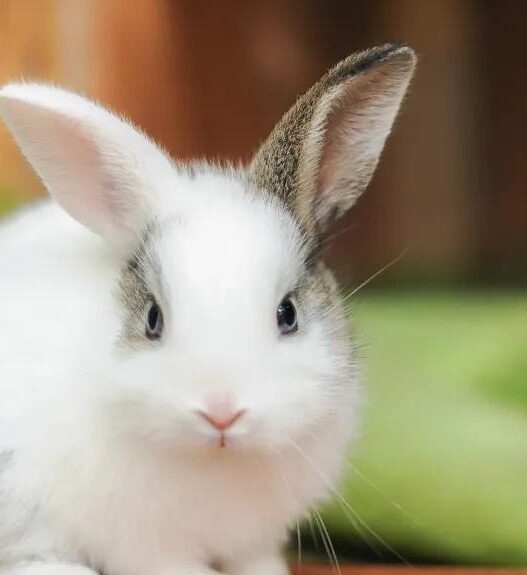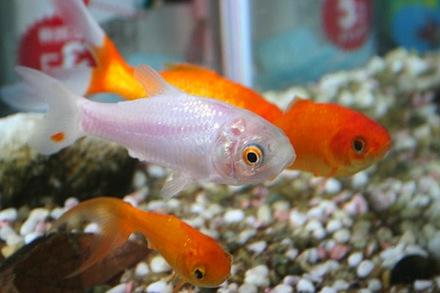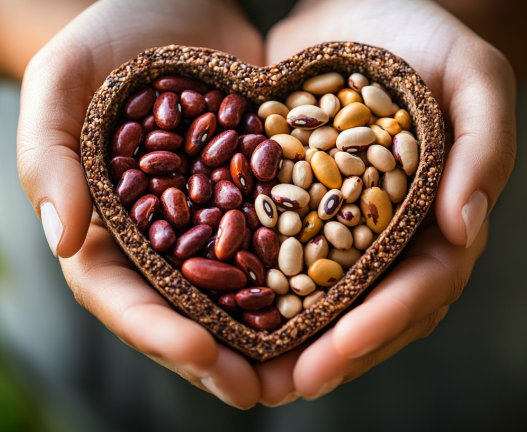Imagine walking into your living room to find your dog happily sprawled on the floor, yet there’s something odd happening. They’re continuously licking their paws—it’s not just the occasional grooming session, but a persistent, almost compulsive habit. You might wonder, “What’s behind this behavior, and what can I do about it?”
Let’s dive into this common yet puzzling canine behavior to understand what’s causing it and what steps you can take to help your furry friend.
The Science Behind Paw Licking: What’s Really Going On?
1. Pesky Parasites: The Tiny Invaders
One of the most common causes of excessive paw licking is parasites. Fleas, ticks, harvest mites, and mange mites are notorious for making themselves at home in the warm, hidden spots between your dog’s toes. These tiny critters cause intense itching, prompting your dog to lick in an attempt to find relief.
Solution: Make sure you’re using a reliable parasite prevention plan. However, keep in mind that not every treatment targets all types of parasites. Check with your veterinarian to ensure you’re using the right one for your dog’s needs.
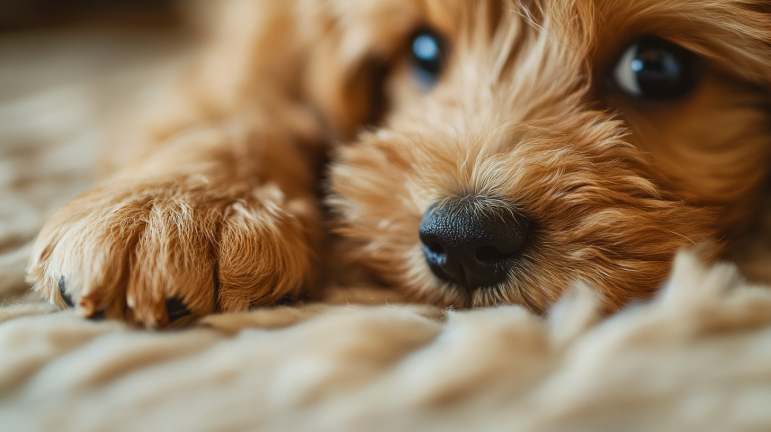
2. Allergies: The Hidden Culprit
Your dog might have allergies that lead to skin irritation. Just like humans, dogs can be allergic to a wide range of things, from pollen and dust mites to mold. For example, if your dog has a grass pollen allergy, a stroll through the park could trigger a bout of itching. This can cause brownish or rust-colored fur as saliva oxidizes when exposed to air.
Solution: If you notice signs of allergies, consult with your vet for allergy testing and possible treatments to ease your dog’s itchy paws.
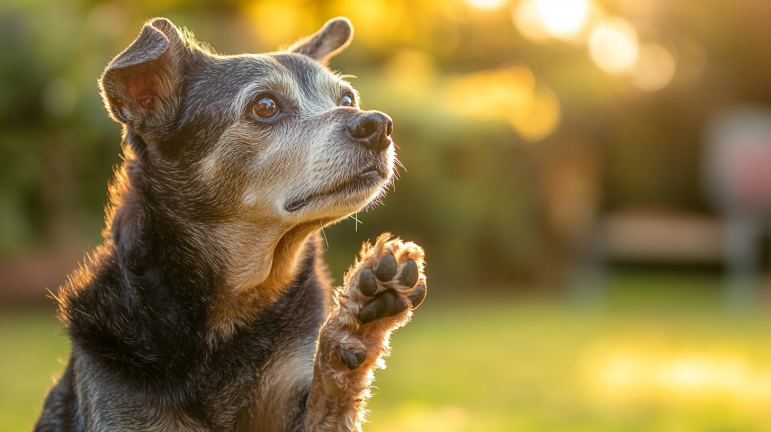
3. Sneaky Infections: Yeast or Bacterial Troubles
If you’ve ever dealt with athlete’s foot, you know how maddening the itch can be. Now imagine your dog feeling something similar when a yeast infection (such as Malassezia) takes hold between their toes. Moist, damp conditions create a breeding ground for yeast, leading to itching and inflammation.
Solution: If you suspect your dog has an infection, don’t wait to seek professional help. Your vet can prescribe antifungal treatments or other necessary medications.
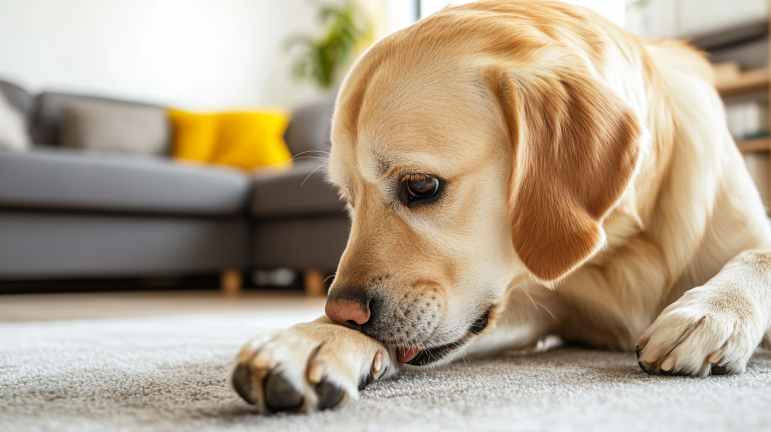
4. Irritants and Chemicals: The Hidden Dangers in Your Home
Sometimes, paw licking has nothing to do with the outdoors. Household cleaners, such as bleach or carpet powders, can irritate your dog’s skin. A quick stroll across a freshly cleaned floor could result in hours of licking as your dog tries to relieve the discomfort.
Solution: Use pet-safe cleaning products and always wipe your dog’s paws after they’ve been outside or exposed to chemicals.
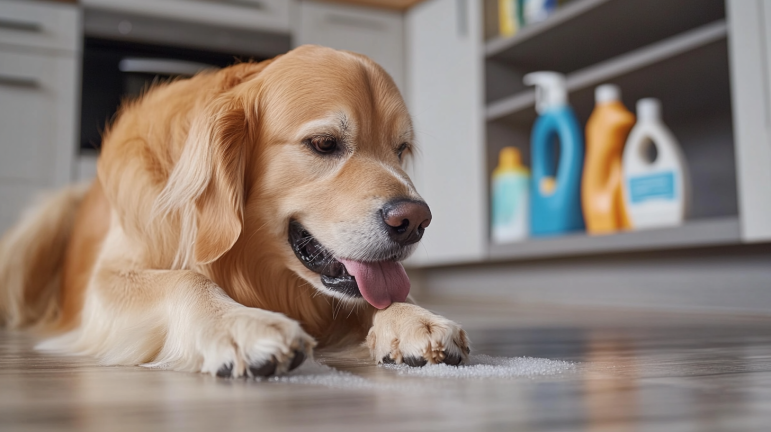
5. Foreign Objects: Nature’s Little Troubles
During the summer, grass awns (those spiky seeds) often lodge themselves between your dog’s toes. These sharp, irritating objects can create discomfort and even infection. If your dog seems fixated on licking one paw, check for signs like redness, swelling, or tiny blisters.
Solution: Regularly inspect your dog’s paws, especially after walks in grassy areas, and remove any foreign objects you find.
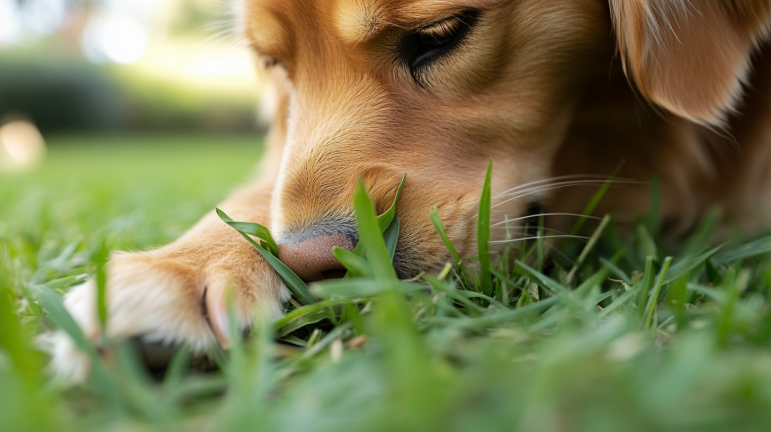
6. Pain or Discomfort: It Might Be More Than Just Itching
Sometimes, the reason for licking isn’t external at all. If your dog has arthritis or joint pain, they may lick their paws to soothe the discomfort, much like how we might rub a sore muscle.
Solution: Keep an eye out for limping, stiffness, or changes in your dog’s movement patterns. If you notice anything unusual, it’s time to visit your vet for further evaluation.
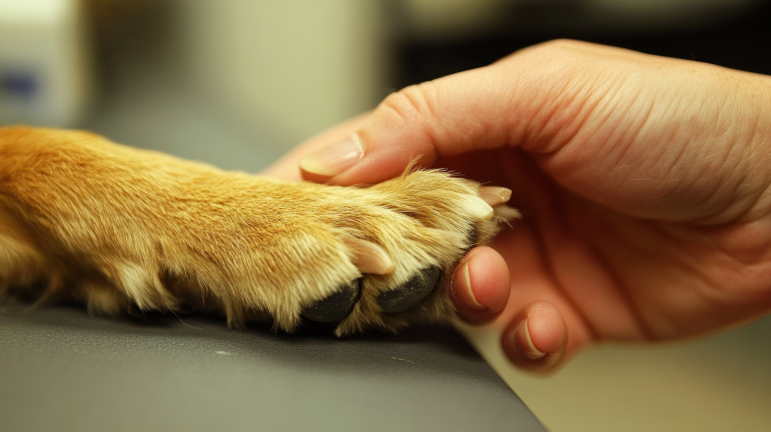
7. Stress or Habit: Licking as a Coping Mechanism
Just as some humans bite their nails, dogs can develop licking habits as a way to cope with stress, boredom, or anxiety. Licking releases endorphins, the body’s natural “feel-good” hormones, which creates a cycle of relief and recurring behavior.
Solution: If you suspect your dog’s licking is related to stress or boredom, focus on enriching their environment. Provide them with toys, mental stimulation, and plenty of exercise to keep their mind and body busy.
Breaking the Cycle: How to Help Your Dog Stop Lickin
Although it’s tempting to try over-the-counter remedies like antihistamines, they rarely provide lasting relief. The key to stopping the licking is identifying the root cause. Here’s how:
- Consult Your Vet: Have your vet run tests to determine if your dog’s licking is due to allergies, infections, or other medical issues.
- Upgrade Preventative Care: Use vet-recommended flea and tick products regularly, as well as appropriate treatments for other parasites.
- Environmental Adjustments: Make sure your floors are clean, and wash your dog’s paws after walks to minimize exposure to irritants.
- Stress Management: Keep your dog active, engaged, and entertained to prevent boredom and reduce anxiety.
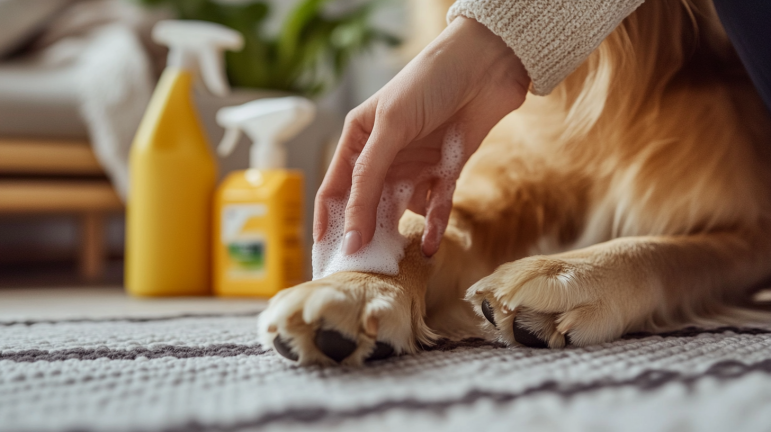
Don’t Ignore the Lick
Paw licking might seem like a harmless habit, but it often signals an underlying issue. Whether it’s parasites, allergies, or stress, addressing the cause early on can prevent discomfort for your dog and endless worry for you. With a little attention, care, and veterinary advice, you can put an end to the licking cycle and bring comfort to your furry friend.







